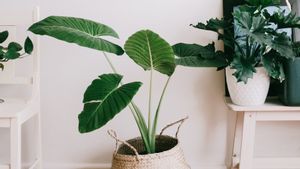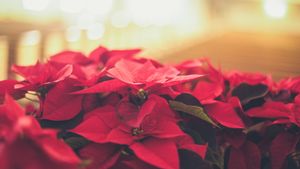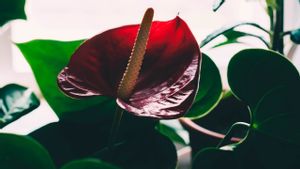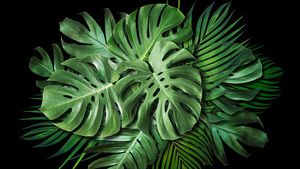JAKARTA – Caladium plants have beautiful patterned leaves. No pattern, the color is impressive freshness and exotic. Plants with native Brazilian habitats sometimes droop wither. Especially when facing extreme temperature changes, for example from a hot day and suddenly it rains and the leaves droop wither.
However, not every leaf wilting is caused by changes in environmental temperature alone. Most commonly, the causes of taro leaves, the popular name of the caladium plant, are as follows.
1. Wither because the soil media is less moist
Caladium plants like moist places to live. But not too much water because it can make the roots rot. The best way to identify the cause of wilted taro leaves is to check the soil moisture every day. Insert your finger up to 1-2 inches into the planting medium to know exactly how moist the soil is. Watering if it feels dry or spraying water on the leaves can help recreate natural moisture, reports Gardeners Point, Wednesday, January 12.
2. Leaf shape changes due to lack of oxygen supply
Caladiums like acidic soil, but over-watering tends to rot the caladiums. Excessive watering will clog air spaces in the soil and prevent air from reaching the roots. This affects the ability of caladium to maintain leaf shape and the overall structure of the plant.

The recommendation is to make sure the soil remains loose so that it allows oxygen to be absorbed by the roots properly. In addition, do watering according to the needs of caladium plants, not too often or not to dry out. Plus, check the condition of the roots, if the roots start to rot, cut or separate them from healthy roots.
3. Leaves burn or turn white due to exposure to direct sunlight
The edges of caladium leaves may turn burnt brown or yellow and begin to droop. This is caused by too much exposure to the sun. The taro plant does need sunlight to maintain its fertility. But does not like the scorching sun because it can damage the beautiful leaves.
Then move the caladium to a shady place and trim the edges of the damaged leaves. You can also place barriers such as curtains so that they are not exposed to direct sunlight.
4. Temperature is not ideal
Caladium plants are tropical plants whose ideal temperatures grow around 21-29 degrees Celsius. If the temperature drops below 20 degrees Celsius, the leaves will wither and not grow fresh. So one thing that can be done when the temperature is less humid, is to cover the plant with plastic to trap moisture.
SEE ALSO:
5. The soil pH level is less
As stated above, caladium plants like to grow in acidic soil. The ideal acidity level is about 5.5, if it is not acidic it will affect the growth of the leaves. Most appropriate, provide a soil mixture of layers of compost, manure, and soil. At the top, it can be covered with pine straw to maintain the humidity and acidity of the growing media.
6. Leaves curl and the surface of the soil turns white from too much fertilizer
Fertilizer is an essential nutrient for caladium growth, but too much fertilizer is not good. When the right amount of fertilizer is applied, it can be recognized by the white grains on the surface of the soil medium. If white grains like salt appear, it means you have applied too much fertilizer.
The effect of too much fertilizer is that the leaves of the caladium plant can curl. Of course, it will no longer be beautiful if this beautiful plant folds its leaves. The fix is to remove the damaged leaves. Give only periodic fertilizers, such as liquid fertilizer or pellets in the growing season.
The English, Chinese, Japanese, Arabic, and French versions are automatically generated by the AI. So there may still be inaccuracies in translating, please always see Indonesian as our main language. (system supported by DigitalSiber.id)


















